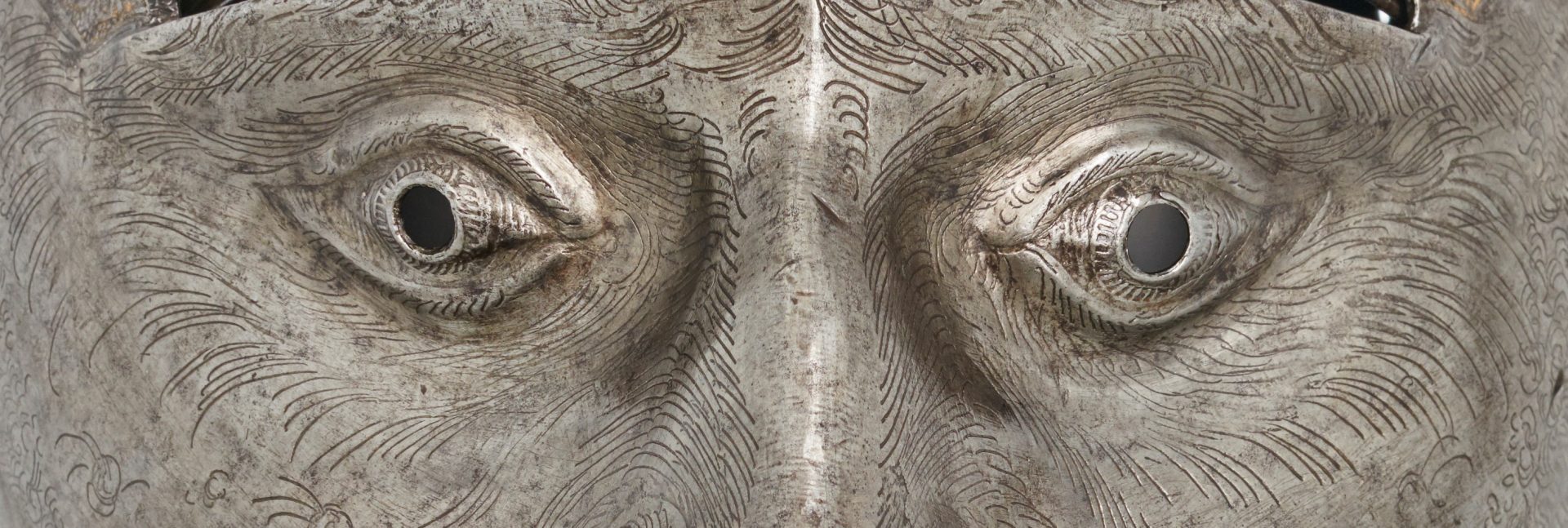
Gustav Vasa's Helmet in 3D
The helmet is part of the King’s only preserved ceremonial armour and has been dated to 1540. It was made in Germany, probably in Augsburg or Nuremberg, where some of the most skilled armourers of the age were to be found. The visor, the part that covers the face, did not initially belong to the helmet, but is believed to be contemporary.
A helmet such as this is not meant for war, but rather for festivities. In the 16th century, a full suit of steel armour was high fashion. The King and nobility would wear lavish armour at both tournaments and magnificent parades. The festivities often resembled spectacles of disguise and antics - a kind of play with masquerades for the aristocracy. To enhance the theatrical impression, helmets could be worn with visors in the form of masks depicting grotesque animals – or human faces.
We do not know when or even if Gustav Vasa wore the helmet, but he may well have worn it to entertain his guests at one of the court’s many events.


